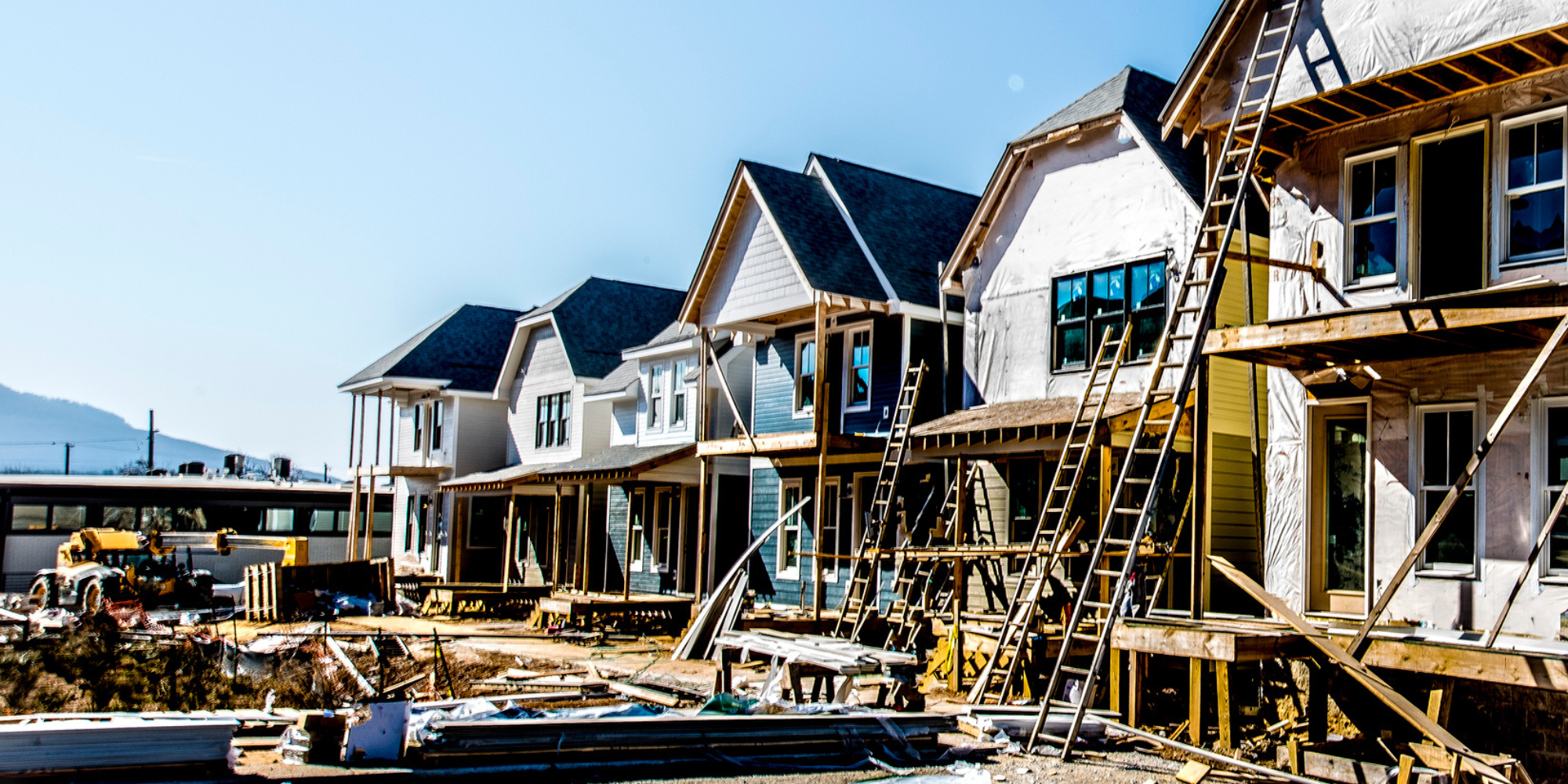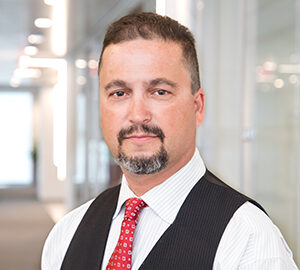For too many working families, a lack of adequate, high-quality homes has made affordable housing unavailable. As noted in a recent op-ed with Secretary Marcia Fudge of the U.S. Department of Housing and Urban Development (HUD), “chronic underinvestment in new housing means we simply have too few homes in America, and the consequence has been that affordable housing is out of reach for too many families.” To combat this, local leaders are using their State and Local Fiscal Recovery Funds (SLFRF) in a variety of ways that are helping to produce and preserve affordable homes, better serve unhoused and unstably housed people, and provide wraparound services to help people maintain their homes.
March 2023 marks the two-year anniversary of the American Rescue Plan Act, which made $350 billion in SLFRF resources available to state, local, territorial, and Tribal governments, including $130 billion allocated directly to local governments, to help them navigate the recovery from the COVID-19 pandemic and its economic impacts, including through investments in long-term housing stability infrastructure. Among a range of other uses, SLFRF permits funds to be deployed for the development, repair, and operation of affordable housing and services for unhoused persons. To support state and local governments trying to address the need for affordable housing — and after consulting with organizations like the National League of Cities — Treasury announced a series of steps last summer that would make it easier for recipients to use their SLFRF funds for the production and preservation of affordable housing.
To help recipients understand how SLFRF may be used to build and preserve affordable housing, Treasury, in partnership with HUD, produced the Affordable Housing Production and Preservation How-To Guide. This guide provides a detailed explanation of guidance changes and examples of how SLFRF may be utilized and layered with other federal housing resources. The guide outlines how SLFRF may be deployed as a flexible funding source for new construction and substantial rehabilitation of affordable housing; for rehabilitation and adaptive reuse; or for land acquisition, predevelopment, and site work. For example, recipients can use SLFRF dollars to fill funding gaps in “shovel ready” projects that have already been approved by state or local agencies or used to finance long-term loans that support new affordable housing investments.
According to Treasury’s latest reporting data, governments have committed nearly $16 billion of SLFRF for over 2,100 projects focused on housing, over $5.4 billion of which has been committed to affordable housing development and preservation. Recipients have reported serving more than 3.6 million households with rent, mortgage, or utility aid. And, as Secretary Yellen recently noted when addressing the National Association of Counties, “this is just the beginning.” To offer a few examples:
Austin, Texas
Using their revenue loss funds, the City of Austin, Texas is investing in eight projects totaling $95.3 million in SLFRF dedicated to a comprehensive, community-wide effort to reduce levels of unsheltered homelessness across Austin. The city’s projects fit within a larger three-year community initiative called Finding Home ATX, coordinating investments from public and private sources to achieve three core objectives:
- house an additional 3,000 individuals experiencing homelessness,
- add 1,300 new units of affordable housing for the population experiencing homelessness, and
- build a better Homelessness Response System by ensuring program access and outcomes are equitable, investing in social service provider capacity building, and developing stronger system oversight and performance management functions.
Detroit, Michigan
The City of Detroit, Michigan is using its SLFRF funds to invest in homeownership through housing preservation and homeownership incentives. The Renew Detroit program provides free major home repairs to qualifying Detroiters. The goal is to provide roof or window repairs to over 2,000 households, with a focus on those with the greatest need, primarily low-income senior citizens, and homeowners with a disability.
The Single-Family Home Ownership and Preservation Project preserves affordable single-family housing rental units and encourages conversion to homeownership through lease-to-purchase incentives. The program funds capital repairs focused on 1,400 at-risk Low-Income Housing Tax Credit financed single family scattered site housing units to provide more stability for renters. To convert renters into homeowners, the city provides down payment assistance and homeownership counseling. Finally, resources are targeted toward renters earning up to 80 percent of the area median income and first-time homebuyers.
Boston, Massachusetts
The City of Boston is using $9 million in SLFRF as part of a $47 million acquisition of 36 multi-family buildings in East Boston. These buildings, which will provide 114 family-size units to low-income families, are part of the East Boston Neighborhood Trust, the state’s first ever Mixed Income Neighborhood Trust (MINT).
The project uses a community-centric governance structure that both preserves affordability in perpetuity and establishes local oversight and management. A majority of the units are three or more bedrooms, which is designed to meet the needs of a community with relatively large household sizes — and are intended to counteract the effects of neighborhood displacement from some of the highest percentage rent increases in Boston over the last decade.
Two other MINTs in Kansas City and Fresno, California, have also all been awarded ARP dollars by their respective city governments.
These efforts using the Department of the Treasury’s SLFRF funds are part of a broader set of Administration actions to promote high-quality, affordable housing. Last year, President Biden released his Housing Supply Action Plan, which represents a whole of government approach and calls on Congress to address affordable housing needs with the goal of closing the housing supply gap in five years. As part of this work, Treasury and HUD have held webinars lifting up examples of how various recipients layered their SLFRF resources with other sources of funding for affordable housing projects. Treasury’s SLFRF data dashboard also provides an easy way to learn how communities are using their SLFRF funds for affordable housing.
In the months ahead, we hope to see many additional cities commit remaining SLFRF resources to increasing and preserving the supply of affordable housing to help meet the unmet housing needs of residents. And of course, we look forward to being able to see those affordable housing projects sprout up in diverse cities and communities across the country.
Learn More
Hear from US Treasury officials about using SLFRF and ERA2 funds for affordable housing and to promote housing stability by watching the recording of a past NLC webinar.
ABOUT THE AUTHOR
Jacob Leibenluft is Chief Recovery Officer, Office of Recovery Programs for the US Department of the Treasury.







